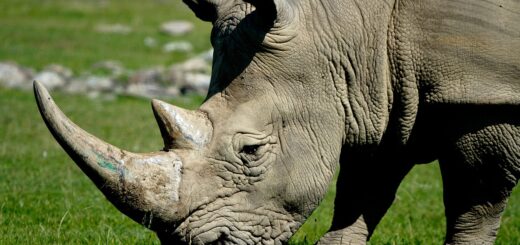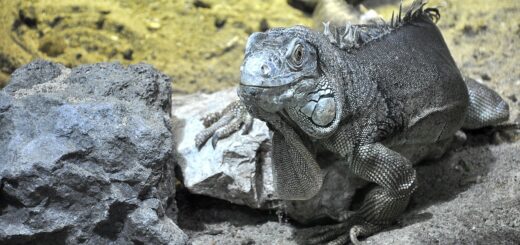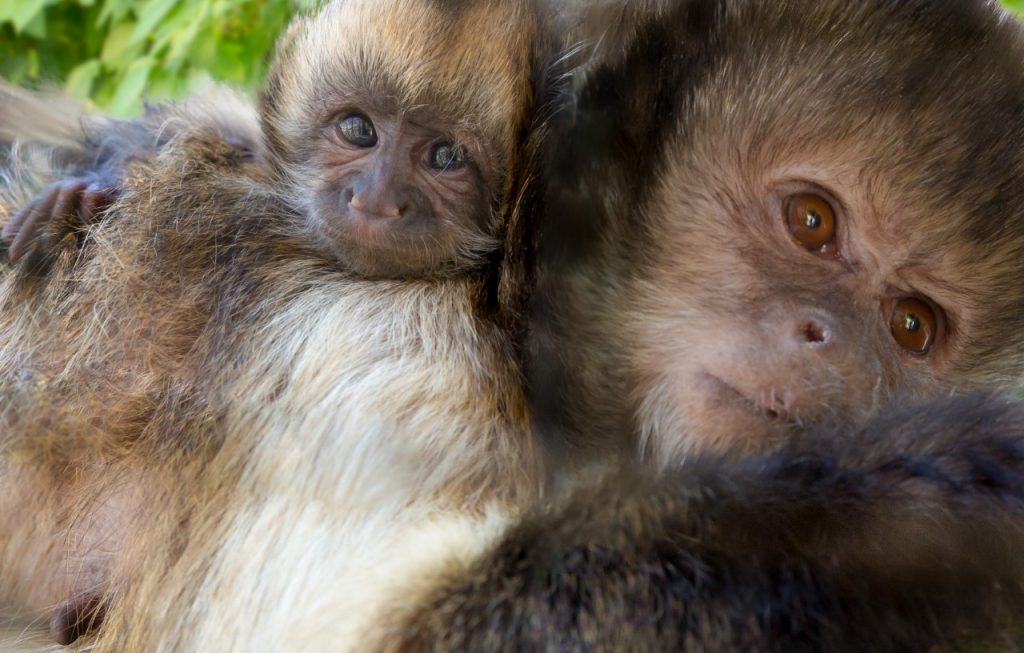Advances in feline nutrition 2: evaluations of protein and fiber sources for raw meat based diets in captive exotic felids
Citation
Kerr K. 2011. Advances in feline nutrition 2: evaluations of protein and fiber sources for raw meat based diets in captive exotic felids. In Ward A, Coslik A, Maslanka M, Eds. Proceedings of the Ninth Conference on Zoo and Wildlife Nutrition, AZA Nutrition Advisory Group, Kansas City, MO.
Abstract
Little nutritional or metabolic information has been collected from captive exotic felids fed raw diets. In depth data on nutrient composition (e.g., fatty acid and amino acid composition) are sparse, and may impact diet formulation. Additionally, although several studies have examined total tract nutrient digestibility in captive exotic felid, (Clauss, et al., 2010; Vester, et al., 2010a) most have focused on horsemeat and beef-based diets with no attention paid to alternative protein sources or other less digestible ingredients (i.e, fiber). There is a need for research on possible alternatives. The objective of our studies were to examine alternative and traditional protein sources, and to determine the impact of common fiber types and concentrations on digestibility and fecal characteristics. Study I was designed to evaluate four protein sources (beef trimmings, bison trimmings, elk muscle meat, and horse trimmings). Diets were analyzed for nutrient composition, including amino acid and fatty acid composition. Nutrient digestibility was determined in domestic cat and three captive exotic cat species, including African wildcats, jaguars, and Malayan tigers. Study II focused on fiber source (cellulose and beet pulp) and concentration (2 and 4%). We examined nutrient digestibility and fecal fermentative endproducts in four captive exotic cat species, including jaguars, cheetahs, Malayan tigers, and Siberian tigers. In study I, compositional analysis revealed variable nutrient composition among diets. All diets had high protein quality; however, deficiencies were noted for essential fatty acids. Differences were seen in nutrient digestibility and fecal characteristics; however, variable nutrient composition may also have played a role. If properly balanced for fatty acid deficiencies, all protein sources examined would be appropriate for use in raw meat based diets. In study II, nutrient digestibility and fecal characteristics were impacted by fiber type and concentration, as well as, by species. Interactions between species and fiber treatments indicate that species should be considered when selecting fiber types and levels for a diet formulation. In addition, a mixture of fibers (non-fermentable and fermentable) may be necessary to balance increased beneficial fermentative end-products (i.e., butyrate), while minimizing fecal odor components and bulk.
 04_Kerr2.pdf 71 KB
04_Kerr2.pdf 71 KB








